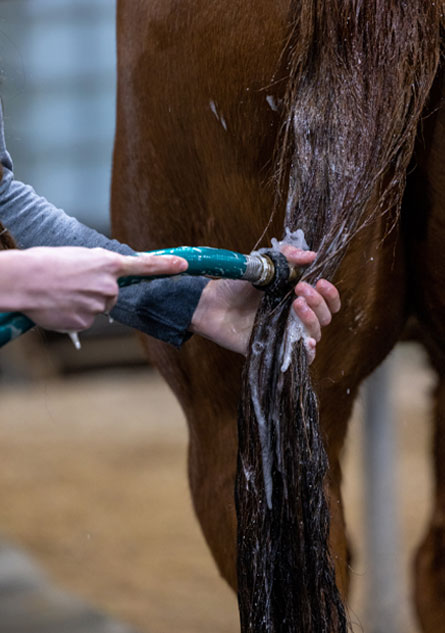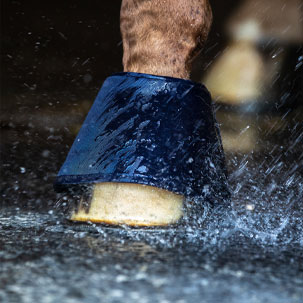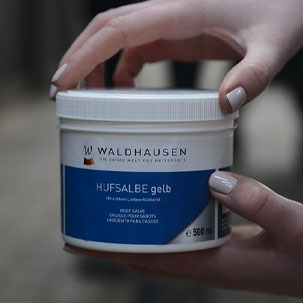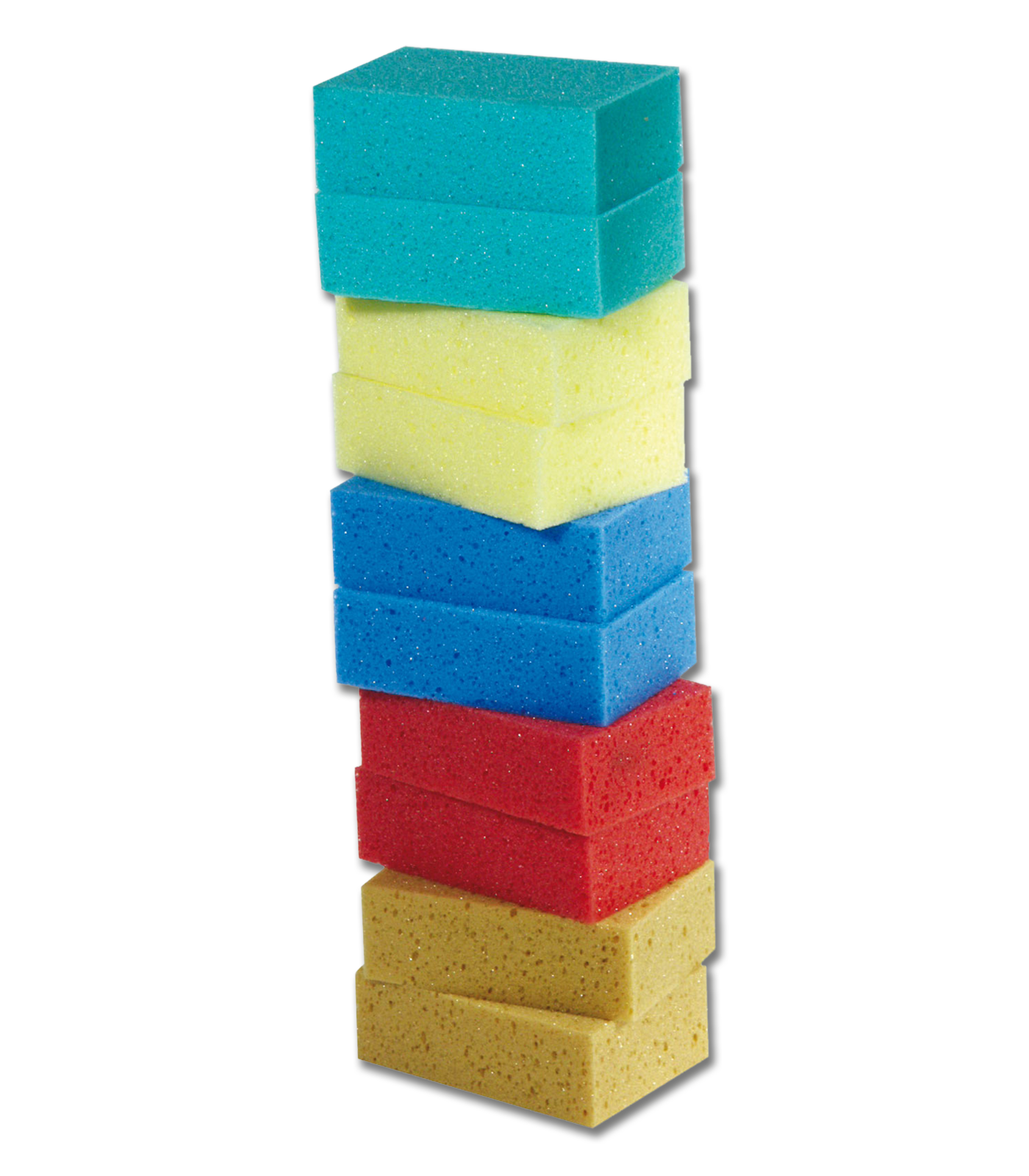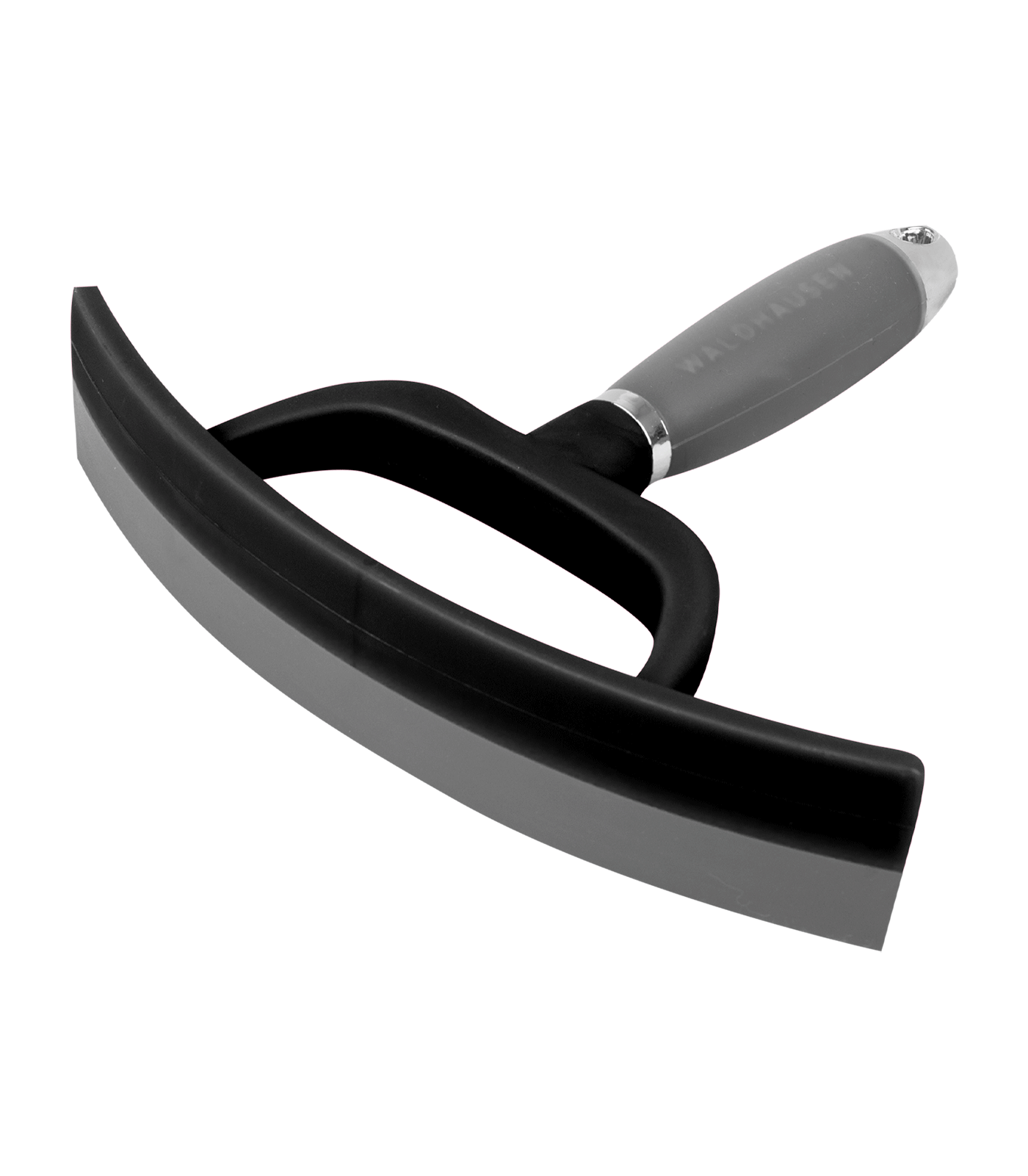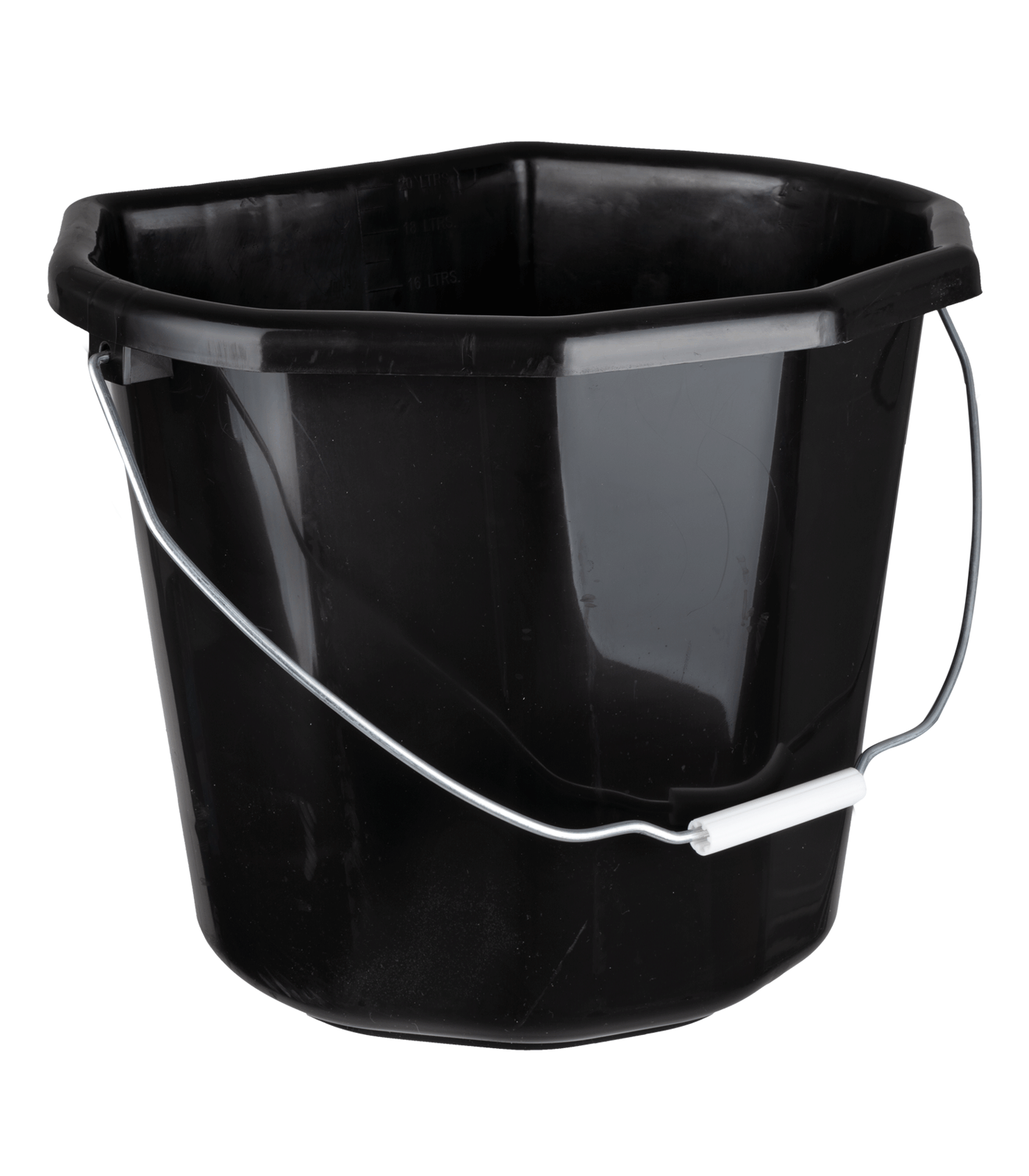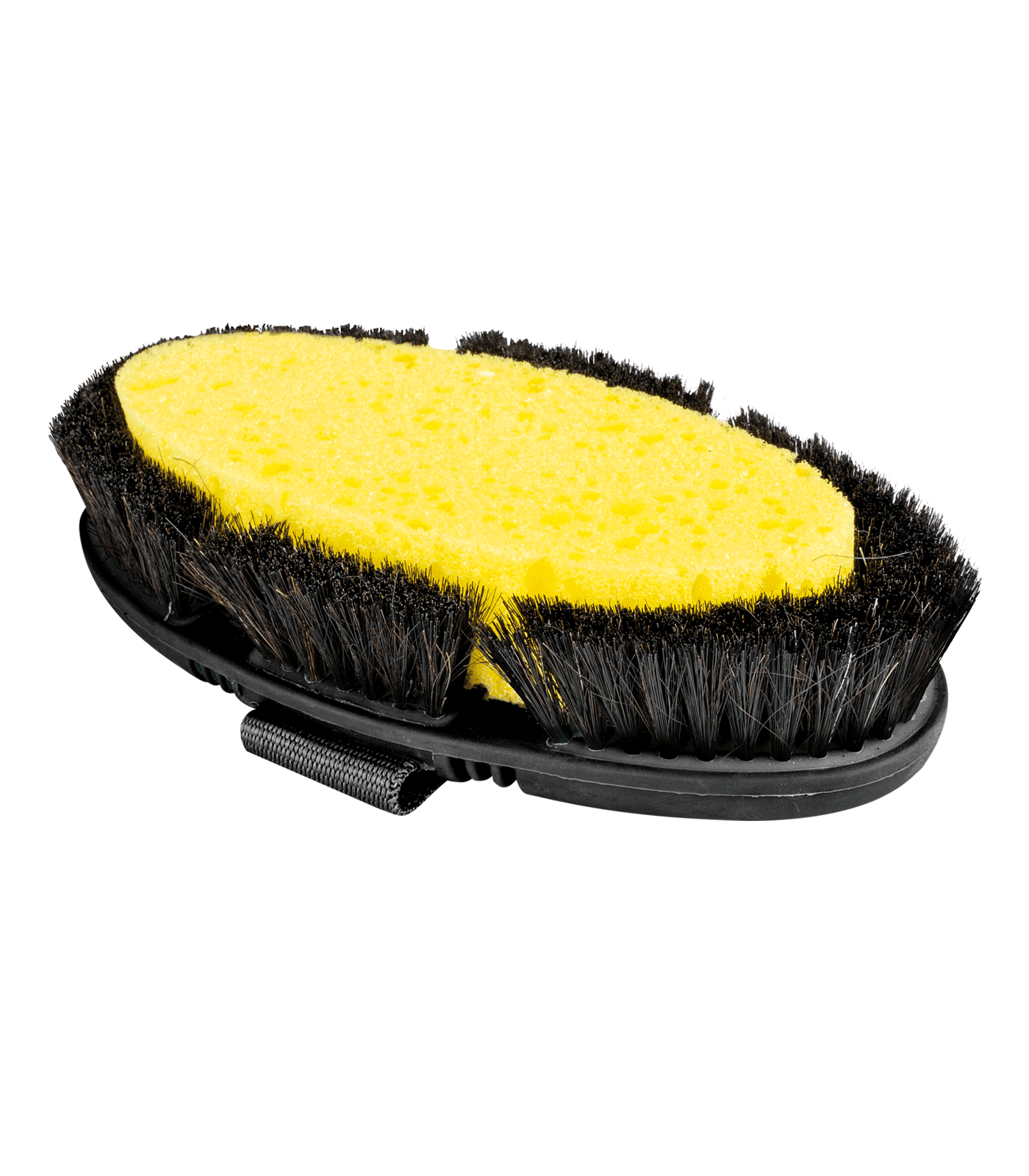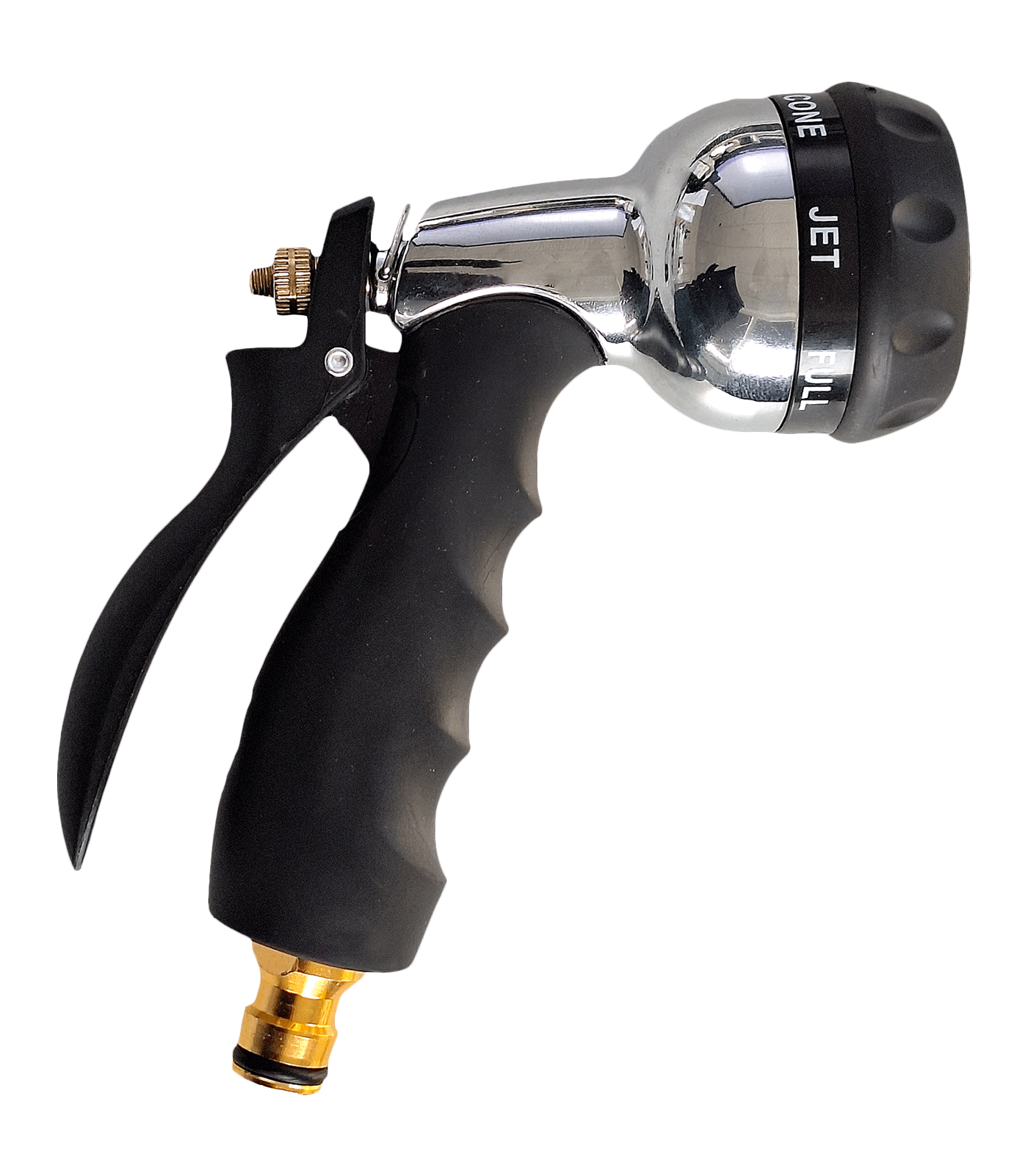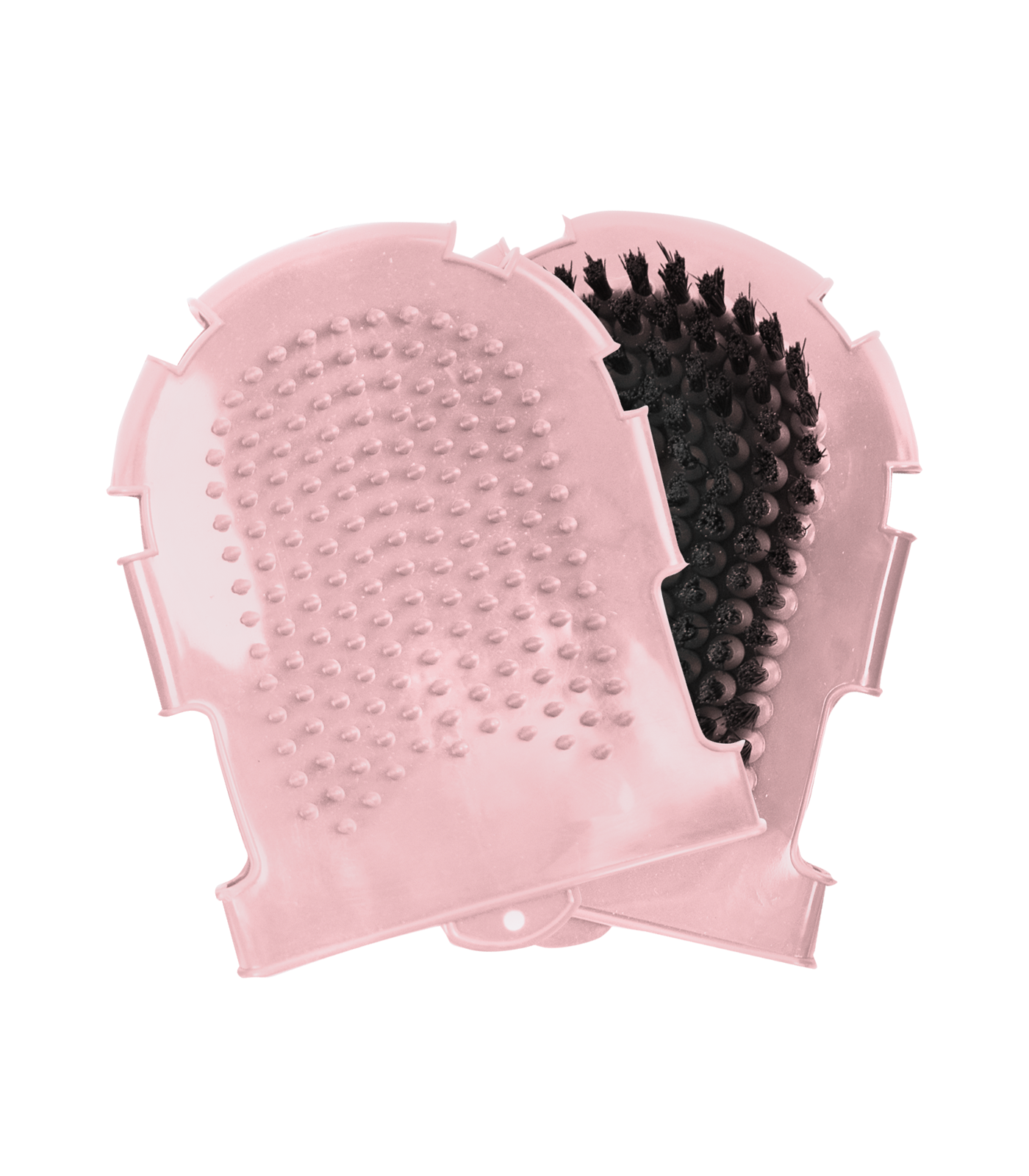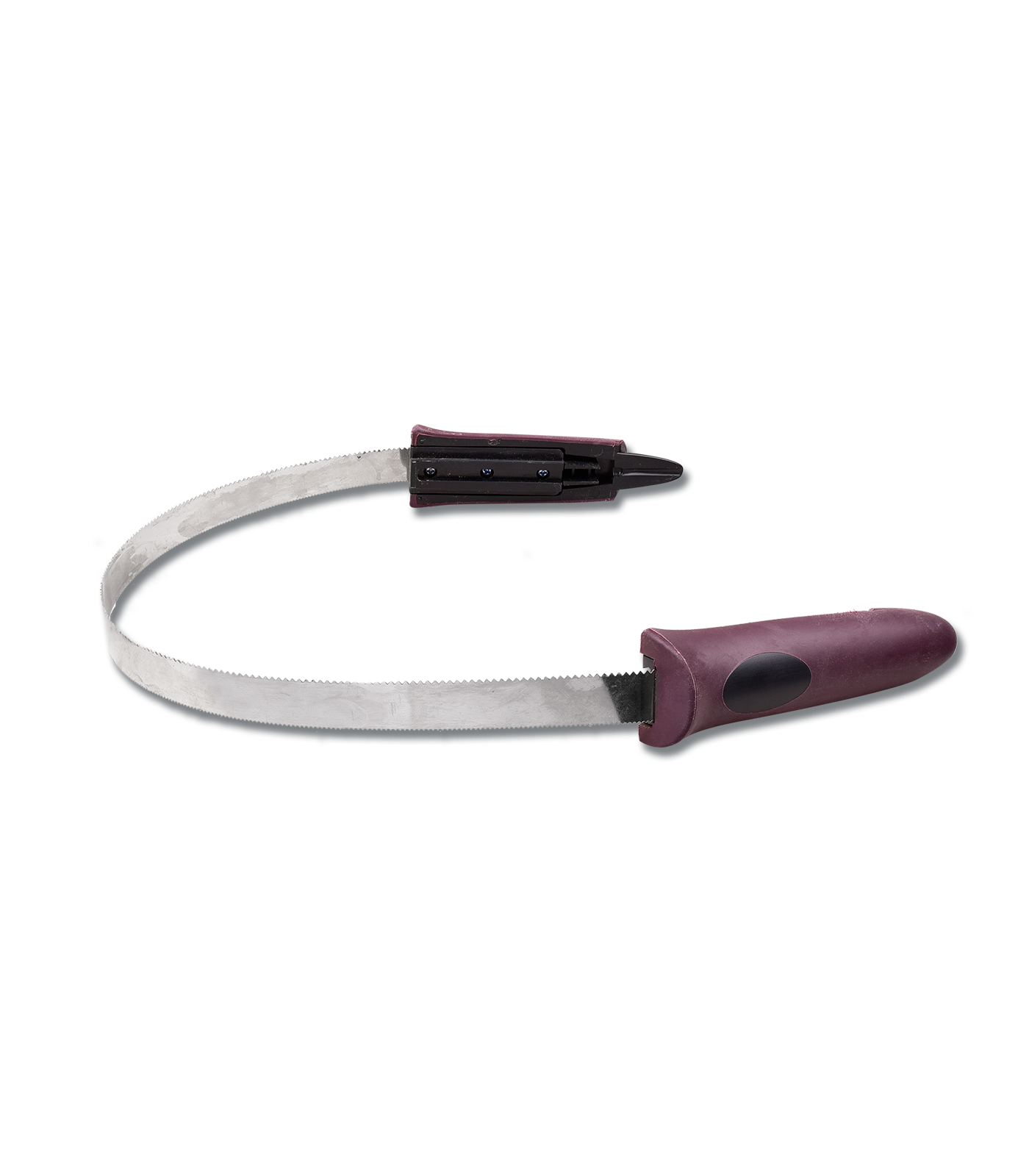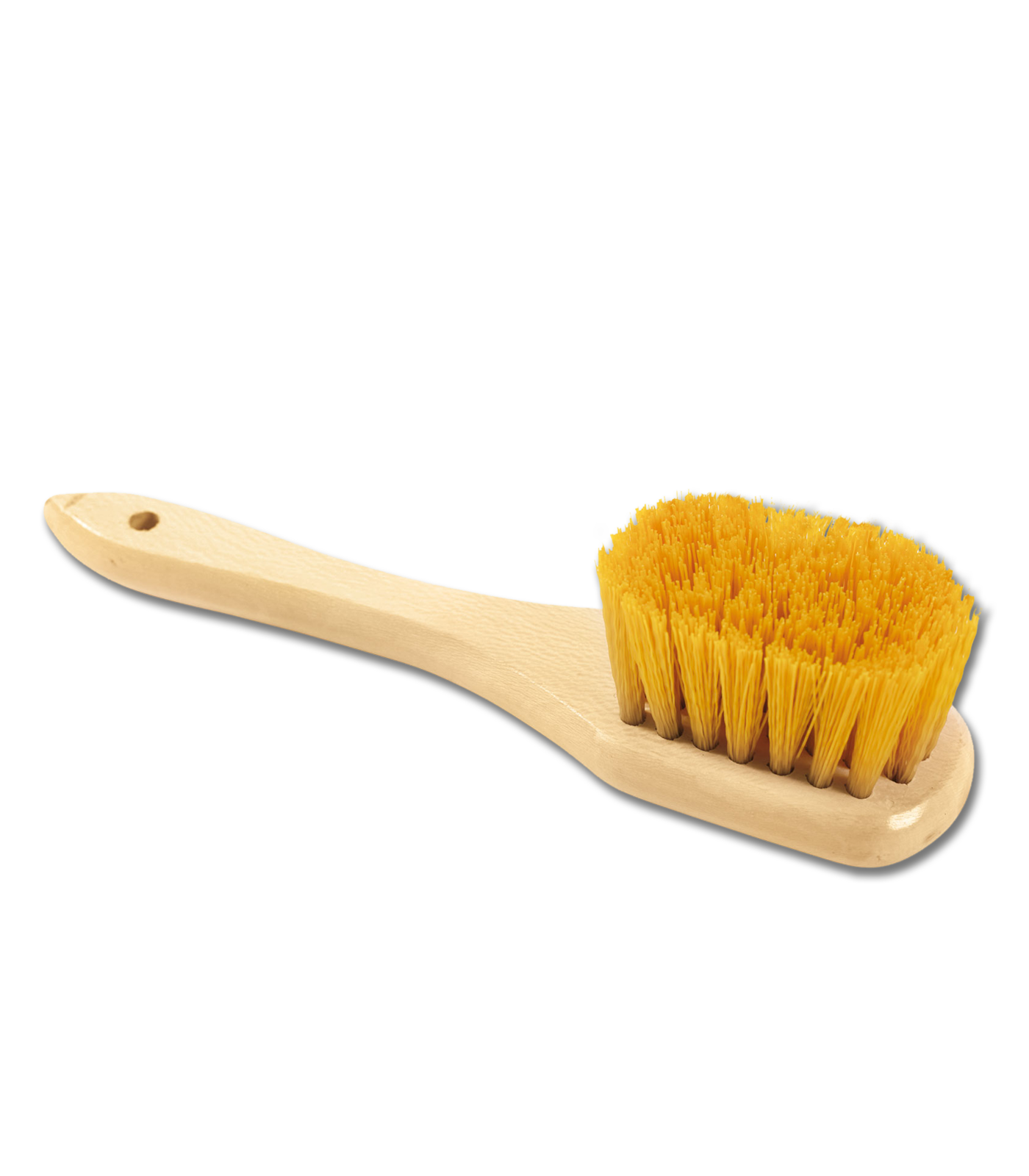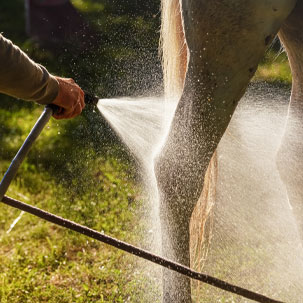
Things to keep in mind when washing your horse
Did you know that horses can overheat ten times faster than humans? That’s because horses have a much higher amount of active muscle mass compared to us, but relatively less surface area available to release heat. So, if your horse has worked hard and is sweating heavily, it has likely accumulated heat within its body. A gentle cooldown can help your four-legged friend regulate its body temperature. However, if the water is too cold, the drastic temperature difference can harm your horse’s tissue.
Looking for the right grooming products for your horse?
The authors
Waldhausen's authors are experts in the equestrian sector and contribute their in-depth knowledge to our texts. Thanks to their own riding experience and expertise, they provide authentic and practice-oriented content based on years of experience. The aim is to support equestrian sports enthusiasts with well-founded and helpful texts that are suitable for both beginners and experienced riders.
Waldhausen Team

Is your horse coughing? Find out what helps – from immediate measures to prevention. Tips on treatment, feeding, and stable hygiene support respiratory health.
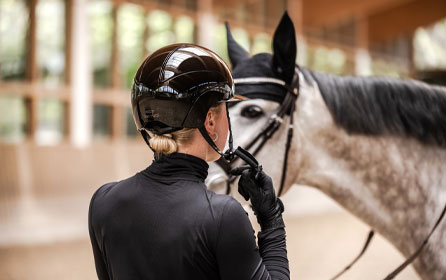
Dreaming of turning your passion for horses into a career? Here’s an overview of exciting equine professions and what makes them unique.

Outdoor rugs are essential for protecting your horse from cold, rain, and wind in unpredictable weather. In this post, you'll learn about the different types of outdoor rugs, what to consider when choosing one, and how to ensure your horse stays comfortably protected at all times.

Respiratory issues can significantly affect your horse. Discover the key symptoms, possible causes, and how you can help effectively.

